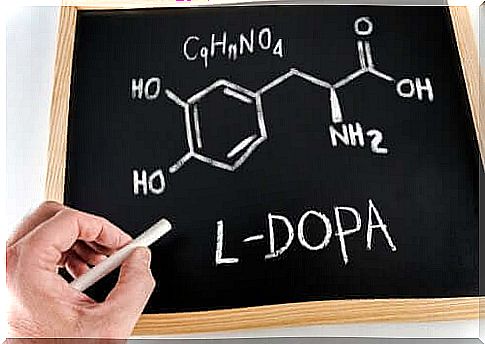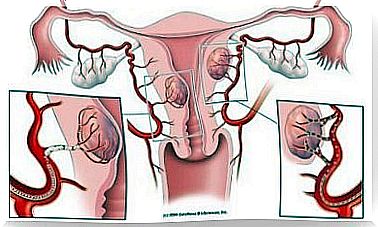What Is Levodopa Used For?

Levodopa is the main treatment for Parkinson’s disease. However, doctors often prescribe it in combination with other dopa-decarboxylase-inhibiting drugs, such as Carbidopa and Benserazide.
So Levodopa belongs to the drug family of antiparkinsonian drugs. It exerts its action in the central nervous system. It does this by turning into dopamine in the brain.
The first person to associate Parkinson’s disease with a dopamine deficiency was the biochemist Oleh Hornykiewicz. He examined autopsies of people who died of Parkinson’s and suggested that there was a relationship. Later, Oleh began treating patients with a racemic mixture of DOPA. The results were positive.
Not long after, Curt Porter, another scientist, showed that the L-DOPA stereoisomer was the active one. This finding thus meant that only half of the dosage was effective.
Later, they began to synthesize various molecules, such as Benserazide and Carbidopa. These improved treatment outcomes. By using them, they also reduced the amount needed to achieve the desired effect.
Properties of Parkinson’s disease

Parkinson’s is a disease of the central nervous system caused by a dopamine deficiency, a neurotransmitter in striated neurons. It occurs due to the death of nigrostriatal neurons. The origin of this disease is multifactorial and there is a high prevalence in the general population.
The elderly population is the most affected group. However, it only affects approx. 2% of those over 65 years of age. Nevertheless, it can also occur in young people.
Tremors are the most common symptom of Parkinson’s, and it is present in over 60% of people diagnosed with this disease. However, there may be other motor symptoms, such as:
- Stiffness
- Slow motion (this is called bradykinesia)
- Changes in postural reflexes and falls
Other symptoms that may occur during the course of the disease are:
- Dementia and memory loss
- Hallucinations
- Depression
- Dysphagia
- Muscle pain
- Neuropathic pain
Similarly, we know that there is a link between this disease and an increase in the alpha-synuclein protein. There is also a link between the latter and Alzheimer’s.
Thus, the therapeutic strategy currently under investigation is to administer inhibitors of alpha-synuclein aggregation or immunization for these protein derivatives. There is also a study with Nilotinib that is investigating this type of therapy.
Also read: The Difference Between Dementia and Alzheimer’s
General properties of Levodopa
Parkinson’s drug therapy consists of trying to increase dopamine levels by acting directly on the receptors. It inhibits either the breakdown of the neurotransmitter or LAAD, which is the enzyme that converts DOPA to dopamine.
In this sense, you may wonder why dopamine is not administered directly to a patient. The problem is its high uptake and metabolism because it prevents absorption. Dopamine is also a water-soluble molecule. Therefore, it is unable to cross the blood-brain barrier that protects the brain.
For all these reasons, the current treatment for Parkinson’s disease is Levodopa, a dopamine precursor. This drug crosses the blood-brain barrier and is converted to dopamine when it reaches the central and peripheral nervous system.
Although Levodopa can effectively cross the blood-brain, it also has a strong metabolism at the peripheral level. So the amount that reaches the brain is very small. To solve this problem, doctors administer it together with other drugs that inhibit the LAAD enzyme.
With this, it is possible to inhibit the conversion of Levodopa to dopamine at the peripheral level, and eventually more of it reaches the brain.
The benefits of administering Levodopa with LAAD inhibitors

Concomitant administration of LAAd inhibitors reduces the required amount of Levodopa by 75%. This is because they increase the half-life of the drug and help maintain stable levels in the brain.
Thus, its administration is more efficient as it is manifested in faster action. Cardiovascular and gastrointestinal effects decrease by reducing the amount of dopamine in peripheral tissues. Therefore, administration of Levodopa in combination with Benserazide or Carbidopa is quite common.
Also read: Auriculotherapy for Parkinson’s
Conclusion
Levodopa is the first line of treatment for Parkinson’s disease. Doctors prescribe it along with other drugs to increase its effectiveness.
Contact your doctor or pharmacist with any questions you may have about this disease and its treatment. Also, be sure to ask them about the latest available advances and clinical trials.









